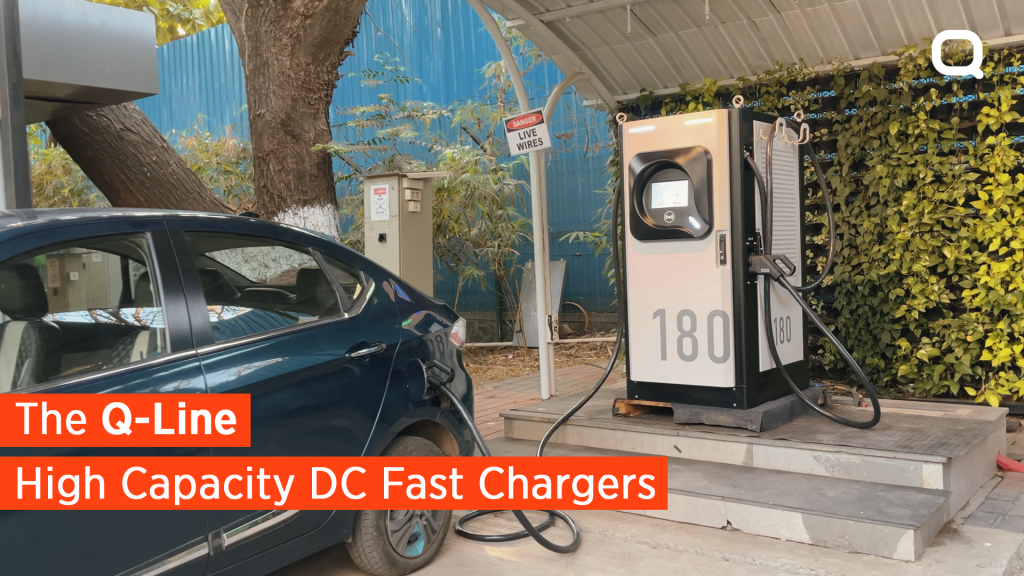In a significant development for the electric vehicle (EV) industry, General Motors (GM) and Ford have made a bold move by adopting Tesla’s North American Charging Standard (NACS). This adoption by GM establishes NACS as the unified EV charging standard, solidifying its importance following Ford’s recent decision to follow suit. GM has announced plans to integrate Tesla’s sleek NACS charging ports into its upcoming EV models, starting in 2025. This marks a departure from its previous strategy of offering CCS to Tesla adapters.
The partnership between GM and Tesla brings a host of benefits. GM’s future electric vehicles will come equipped with the NACS charging inlet, enabling direct access to Tesla’s extensive Supercharger network without requiring adapters. This integration will greatly expand access to high-speed charging infrastructure, as GM EV owners can tap into Tesla’s network of 12,000 Superchargers across North America.
GM aims to provide a seamless and convenient charging experience for its customers. As part of the collaboration, GM plans to incorporate Tesla’s Supercharger network details, including location and availability data, into their EVs and mobile apps. This integration seeks to accelerate mass EV adoption, create a comprehensive ecosystem of EVs across various price points, and increase access to fast chargers.
The alliance between GM and Tesla is a significant win for both companies. Wall Street analysts have praised the Tesla-Ford deal as a “win-win,” resulting in a roughly 3% increase in the stock prices of both GM and Tesla during after-hours trading.
Reliable public charging infrastructure is a crucial concern for potential EV buyers. While many automakers have announced partnerships with third-party charging companies, none have managed to match Tesla’s extensive network. By joining forces with Tesla, GM and Ford are addressing this concern and offering their customers improved access to fast chargers.
The adoption of Tesla’s NACS by two prominent Detroit automakers represents a significant development that may inspire other manufacturers to follow suit. With the involvement of GM and Ford, Tesla’s charging standard will gain significant momentum, potentially paving the way for a unified charging standard for EVs across North America.
As GM ramps up its EV production and aims for all-EV sales by 2035, widespread access to a comprehensive charging network and diverse price points becomes crucial. The collaboration with Tesla aligns with this strategy, providing a smoother transition to EVs for customers and driving the advancement of the electric vehicle revolution.
While GM’s decision to adopt Tesla’s NACS charging standard marks a monumental shift in the industry, the response of other original equipment manufacturers (OEMs) in the coming months remains uncertain. The focus now shifts to the potential impact of this collaboration on the broader EV market and the evolution of charging standards.













